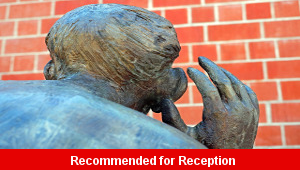Lesson Two – Shop Layout

This curriculum topic teaching pack for the Foundation Stage gets the children to select and devise a layout plan to arrange some of the different parts and sections that can be found inside a specific type of shop.
The class can use a set of vocabulary labels to mark the location of different parts and sections that could be found inside a shop selling a range of products to customers.
Download this teaching pack including a lesson plan, classroom activities and an interactive presentation to select and devise a layout plan to arrange some of the different parts and sections that can be found inside a specific type of shop
Activities in this teaching pack include display posters to identify and explain the function of different objects that can be used in a shop and a set of cards to add labels to the layout plan for a class shop selling a range of different items.
The interactive presentation gets the children to explore how to devise a layout plan to arrange different parts and sections of a shop.
This lesson is part of topic scheme of work to get the children to identify and describe the layout of different types of shops by role-playing running a classroom shop to sell a range of products made by the class. There are teaching activities for shared learning, differentiated worksheets to support independent learning and interactive presentations to introduce concepts and key skills.
-

School Friends
Investigate, describe and model some of the special ways of providing practical, spiritual and emotional support to other pupils in the school
-

School Pictograms
Explore how to count and record the numbers of different pieces of school equipment that can be found in trays stored around the classroom
-

Listening Skills
Develop and refine listening skills when practising how to follow commands and instructions when playing games and role-playing actions
-

Halving Things
Explain and model how to find and record the halves of some of the different objects that can be used at home and in school
